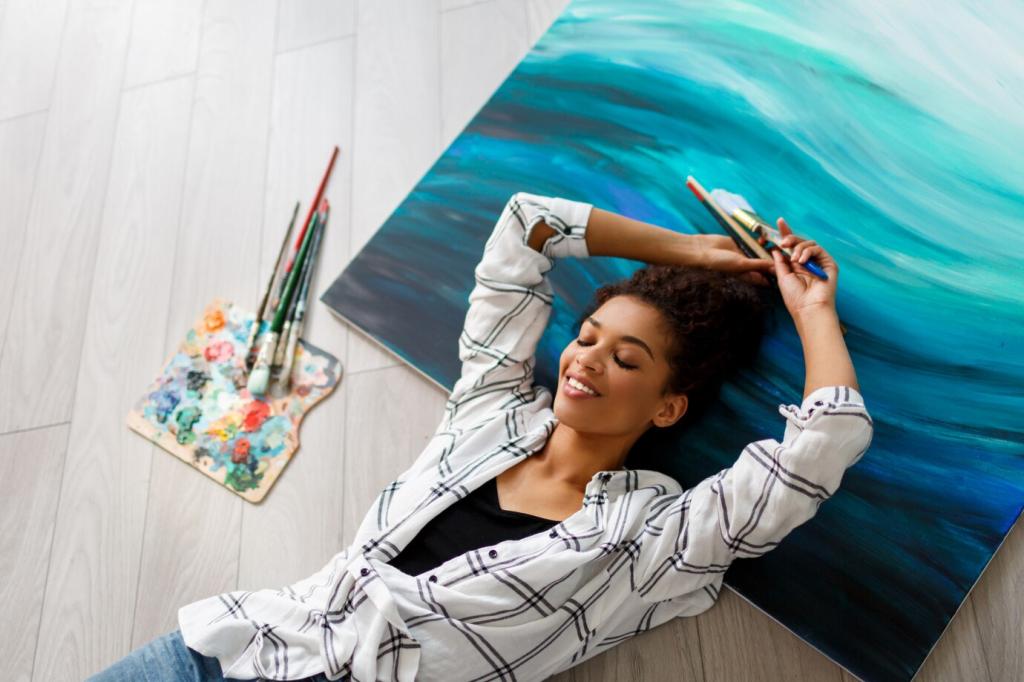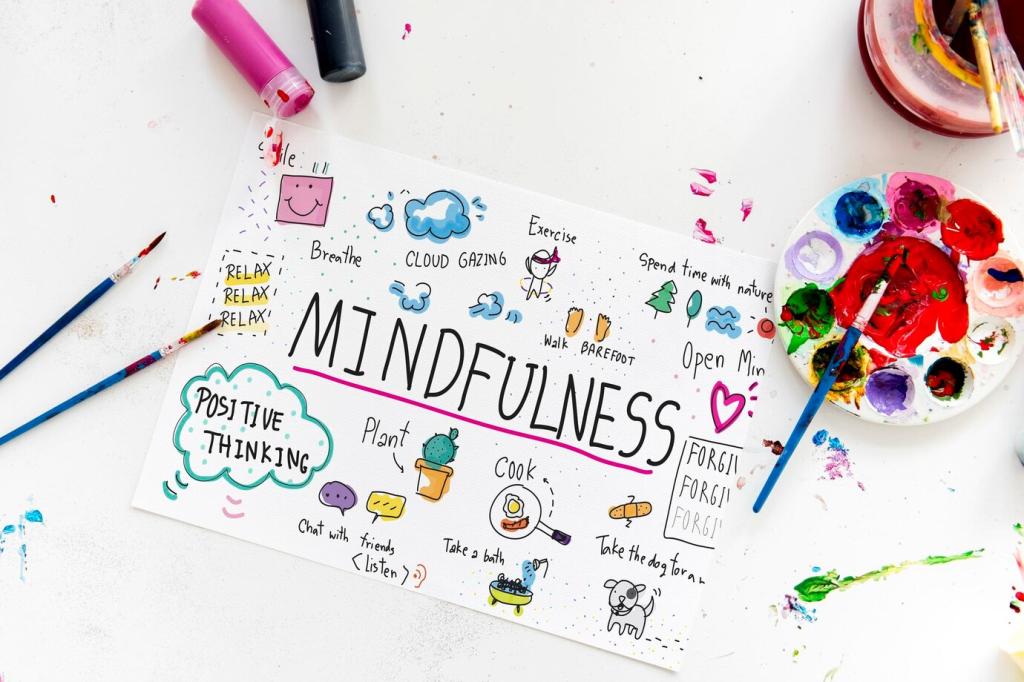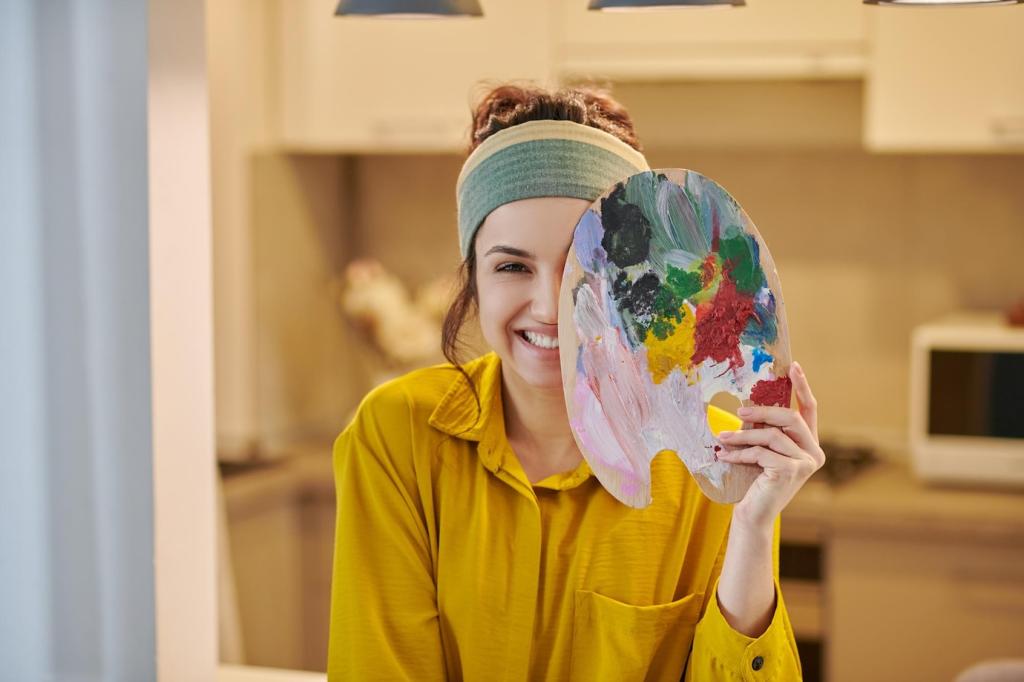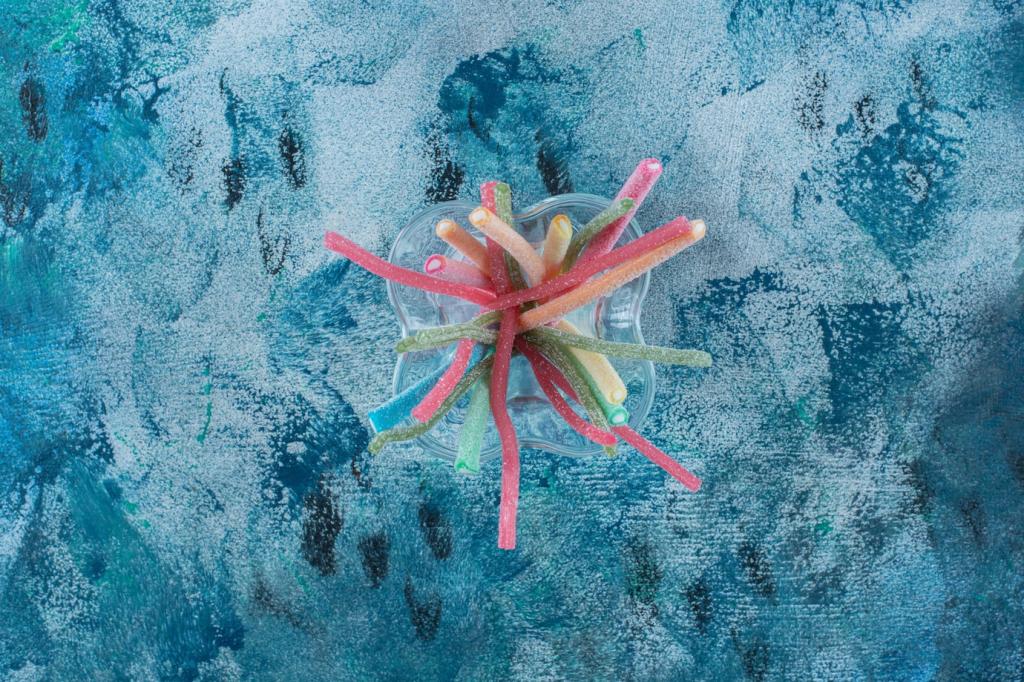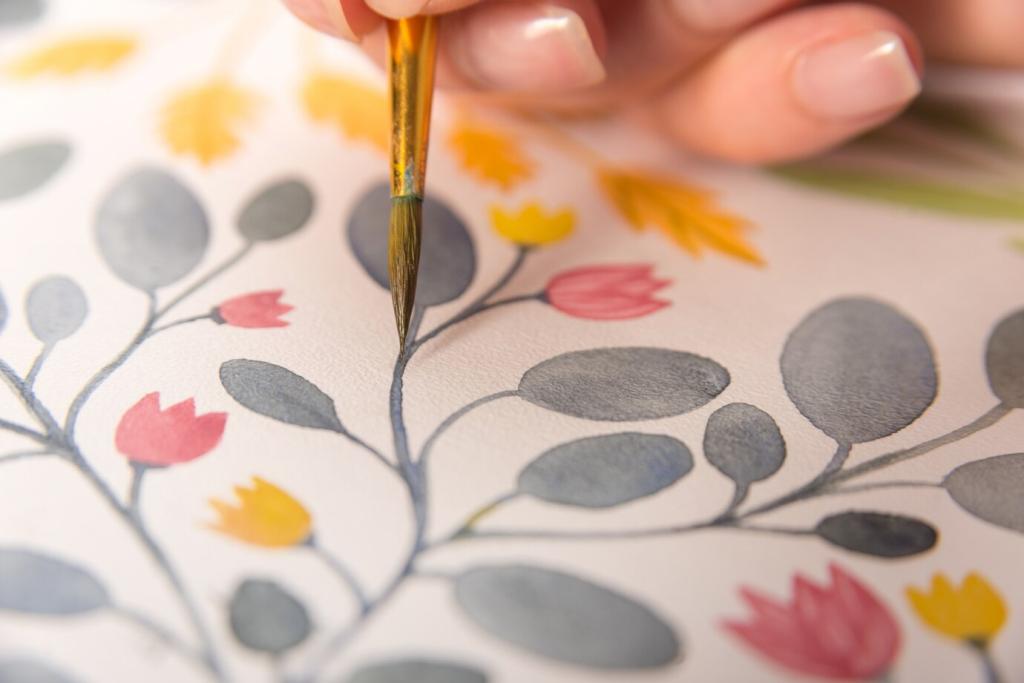Work as a Quiet Ritual
In his Cannes studio, light pooled across tables piled with brushes, ceramics, and sketches, guiding a steady rhythm of making. The clutter read like an altar to process. What hour of your day could become sacred, uninterrupted craft?
Work as a Quiet Ritual
Picasso’s nimble, continuous lines feel paced by breath—inhale to see, exhale to draw, again and again. The hand moves, the eye listens, the mind follows. Try tracing a single object without lifting your pencil, noticing your inhale.

